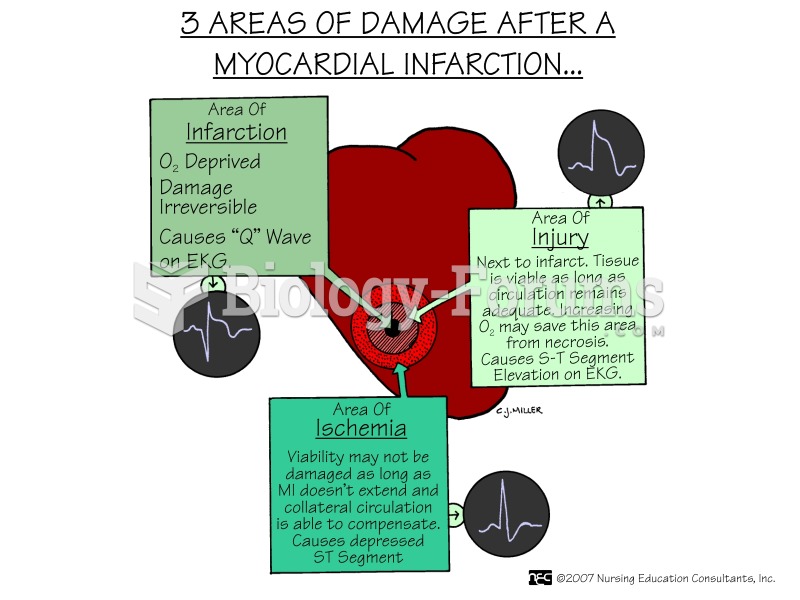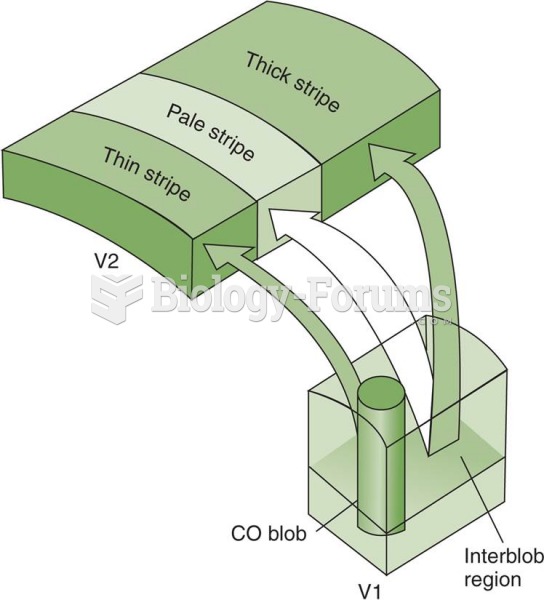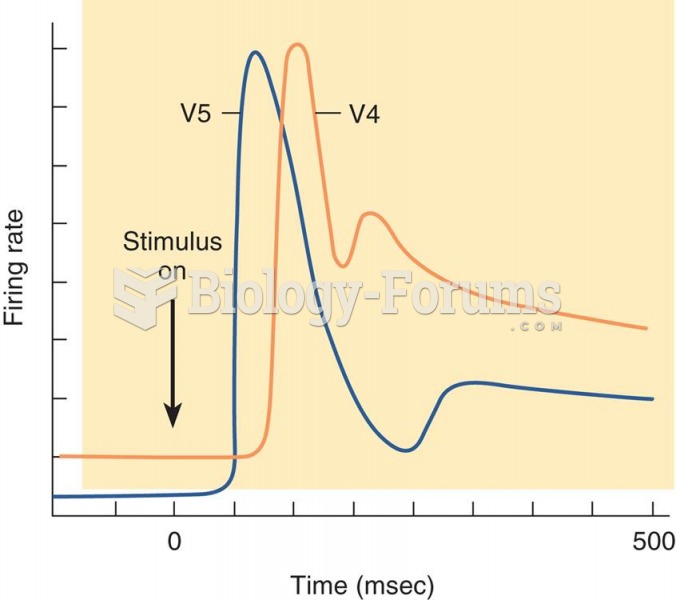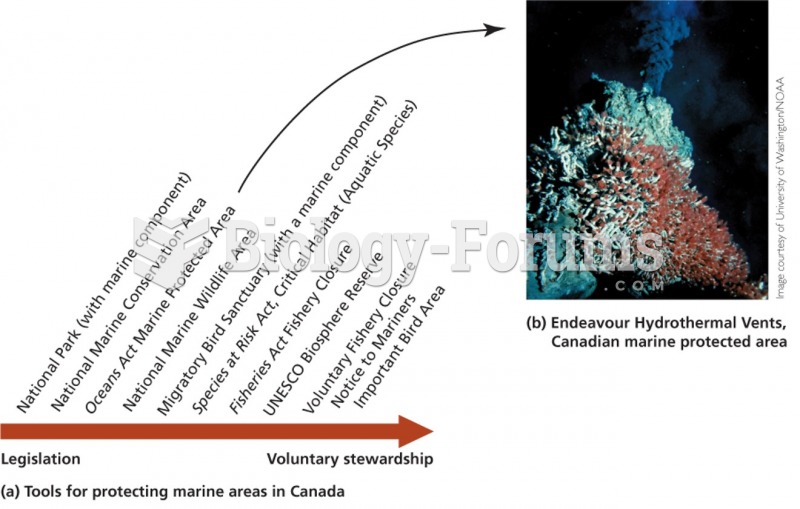Answer to Question 1
ANSWER: For more than 100 years, it has been known that cities are generally warmer than surrounding rural areas. This region of city warmth, known as the urban heat island, can influence the concentration of air pollution. The urban heat island is due to industrial and urban development. In rural areas, a large part of the incoming solar energy evaporates water from vegetation and soil. In cities, where less vegetation and exposed soil exists, the majority of the Suns energy is absorbed by urban structures and asphalt. Hence, during warm daylight hours, less evaporative cooling in cities allows surface temperatures to rise higher than in rural areas. At night, the solar energy (stored as vast quantities of heat in city buildings and roads) is slowly released into the city air. Additional city heat is given off at night (and during the day) by vehicles and factories, as well as by industrial and domestic heating and cooling units. The release of heat energy is retarded by the tall city walls that do not allow infrared radiation to escape as readily as do the relatively level surfaces of the surrounding countryside. The slow release of heat tends to keep nighttime city temperatures higher than those of the faster cooling rural areas.
Answer to Question 2
ANSWER: Light winds and poor vertical mixing can produce a condition known as atmospheric stagnation. The atmospheric conditions resulting in air stagnation usually occur during particular weather patterns. For example, a region under the domination of a surface high-pressure area or ridge often experiences clear skies, light winds, and a subsidence inversion. Moreover, where warm air rides up over cold surface air, such as ahead of an advancing warm front, stable atmospheric conditions promote the trapping of pollutants near the surface. On the other hand, the strong and gusty winds and generally less-stable air behind a cold front usually results in good dispersion.







